Research
 The Undergraduate Research Opportunities Program committed $77,000 in grants for CU undergraduates to work with INSTAAR faculty this summer and next school year. The awards will catalyze opportunities for students to contribute to critical research in earth and environmental science.
The Undergraduate Research Opportunities Program committed $77,000 in grants for CU undergraduates to work with INSTAAR faculty this summer and next school year. The awards will catalyze opportunities for students to contribute to critical research in earth and environmental science.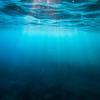 An INSTAAR-led study found that recent dips in the ocean’s carbon absorption are likely due to natural variability instead of global warming. Institute director Nicole Lovenduski urges that future research needs to employ remote devices to gather more field samples.
An INSTAAR-led study found that recent dips in the ocean’s carbon absorption are likely due to natural variability instead of global warming. Institute director Nicole Lovenduski urges that future research needs to employ remote devices to gather more field samples.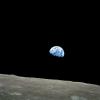 INSTAAR researchers investigate fundamental questions about ecosystems, climate systems and landscapes. These six stories highlight the environmental research that the institute is doing in 2025.
INSTAAR researchers investigate fundamental questions about ecosystems, climate systems and landscapes. These six stories highlight the environmental research that the institute is doing in 2025.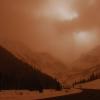 A new study unveils a powerful dataset quantifying snow darkening and its impacts on snowmelt across the Colorado River Basin in real time. INSTAAR research scientists Karl Rittger and Sebastian Lenard are co-authors on the University of Utah-led paper.
A new study unveils a powerful dataset quantifying snow darkening and its impacts on snowmelt across the Colorado River Basin in real time. INSTAAR research scientists Karl Rittger and Sebastian Lenard are co-authors on the University of Utah-led paper.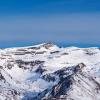 A new modeling tool from INSTAAR provides weekly snow-water equivalent estimates for the entire Western US. It has already caught the attention of local and regional water managers.
A new modeling tool from INSTAAR provides weekly snow-water equivalent estimates for the entire Western US. It has already caught the attention of local and regional water managers. Grad student Genevieve Clow is currently working aboard a research vessel on a 41 day expedition to the Indian Ocean. Read her blog post about gathering hydrographic measurements and collecting water samples.
Grad student Genevieve Clow is currently working aboard a research vessel on a 41 day expedition to the Indian Ocean. Read her blog post about gathering hydrographic measurements and collecting water samples.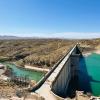 Abby Eckland, Irina Overeem and collaborators investigate how a reservoir on the Rio Grande buries organic carbon beneath layers of sediment. The researchers found that the process is amplified during drought and flash floods.
Abby Eckland, Irina Overeem and collaborators investigate how a reservoir on the Rio Grande buries organic carbon beneath layers of sediment. The researchers found that the process is amplified during drought and flash floods. Gifford Miller has studied the fossilized eggshells of the elephant bird Aepyornis maximus and comments on how human predation may have contributed to their extinction.
Gifford Miller has studied the fossilized eggshells of the elephant bird Aepyornis maximus and comments on how human predation may have contributed to their extinction.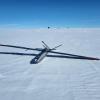 An INSTAAR-led study measured water vapor in Greenland’s air, collecting data crucial for improving climate models and forecasting Arctic changes.
An INSTAAR-led study measured water vapor in Greenland’s air, collecting data crucial for improving climate models and forecasting Arctic changes.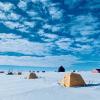 A new study from Chloe Brashear, Tyler Jones and others suggests abrupt warming events were preceded by periods of unusually stable temperatures during the last ice age. The researchers point toward shifting sea ice as a potential driver of the phenomenon.
A new study from Chloe Brashear, Tyler Jones and others suggests abrupt warming events were preceded by periods of unusually stable temperatures during the last ice age. The researchers point toward shifting sea ice as a potential driver of the phenomenon.

